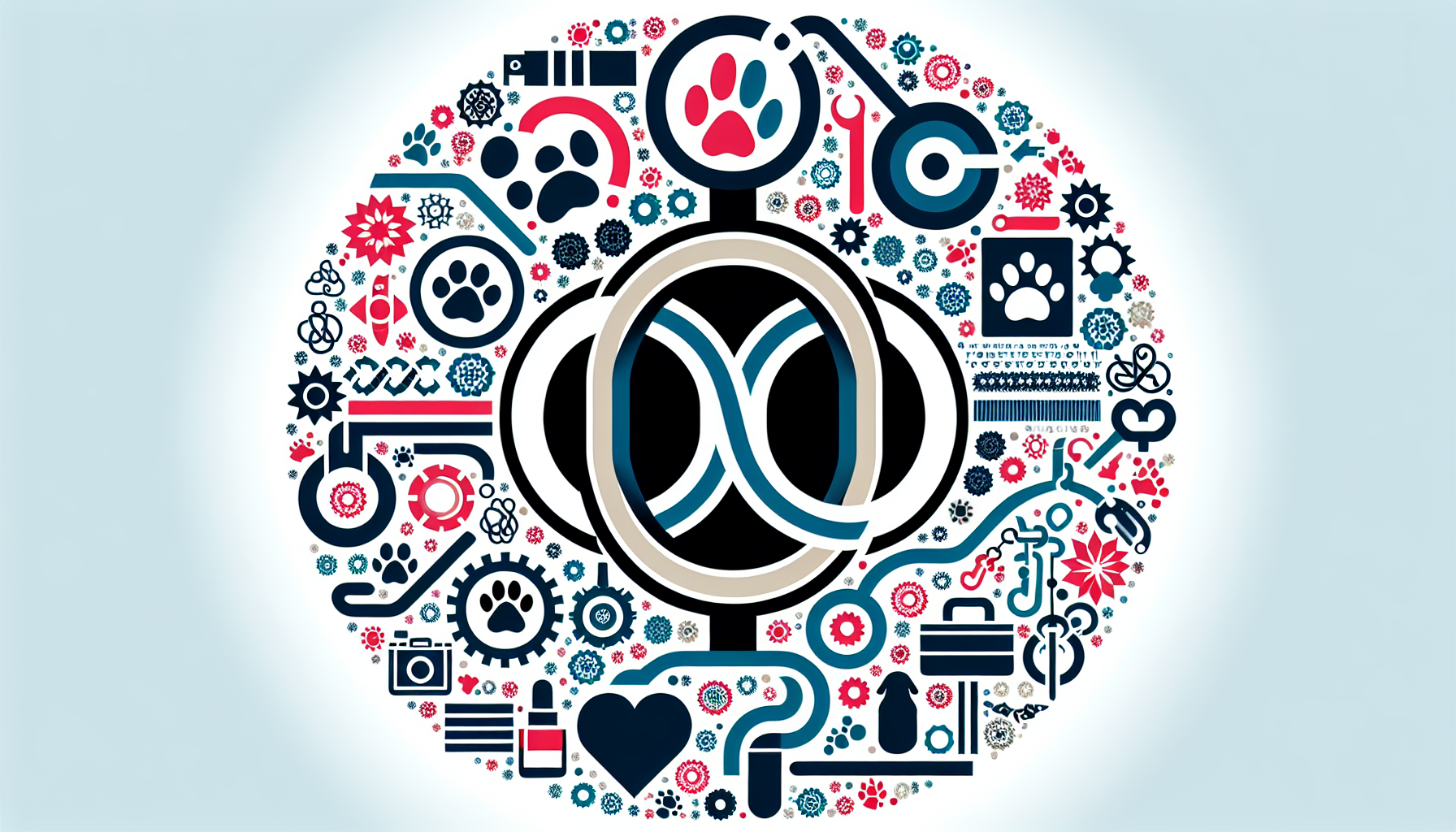Have you ever wondered what the abbreviation of “pet” is? Whether you’re a pet lover or simply curious about linguistic shortcuts, this article dives into the fascinating world of abbreviations. From commonly used acronyms to clever contractions, you’ll uncover the abbreviated lingo that pet enthusiasts use to refer to their furry friends. So, if you’re ready to decode the language of pet abbreviations, read on to unravel this playful code.
Definition of Pet
A pet is an animal that is kept primarily for companionship or enjoyment. Pets can be various types of animals, including dogs, cats, birds, fish, reptiles, and small mammals like hamsters or guinea pigs. They are often seen as members of the family and are cared for and loved by their owners.
Different Types of Pets
There are numerous types of pets available for people to choose from. Dogs are known for their loyalty and are often considered man’s best friend. Cats are independent and affectionate companions. Birds can be entertaining with their chirping and colorful plumage. Fish provide a soothing and tranquil environment in aquariums. Reptiles, such as snakes or turtles, are unique pets for those interested in a more exotic companion. Additionally, small mammals like hamsters, rabbits, or guinea pigs are popular pets for their cuddliness and playfulness.
Why People Have Pets
People have pets for various reasons, but one of the main motives is companionship. Pets offer unconditional love, attention, and loyalty that can be highly comforting. They are always there to listen, without judgment, and provide a sense of emotional support. Having a pet can also reduce feelings of loneliness and depression, as they provide constant companionship. Additionally, pets can increase physical activity, as they require regular exercise, such as walking a dog. Moreover, pets can help teach responsibility to children and provide valuable lessons about empathy, compassion, and nurturing.
Benefits of Having a Pet
The benefits of having a pet extend beyond companionship. Studies have shown that owning a pet can have positive effects on a person’s mental and physical well-being. Interaction with pets can lower blood pressure, reduce stress levels, and decrease the risk of heart disease. They provide a sense of purpose and routine, as their care requires feeding, exercise, and grooming, which can promote a healthier lifestyle. In addition, pets can improve social interactions as they provide a common subject of conversation and can even help break the ice when meeting new people.
Common Abbreviations for Pet
When it comes to abbreviating “pet,” there are several commonly used abbreviations that you may come across. These abbreviations include “P,” “Pt,” “Pet.,” and “PE.” These abbreviations are often used in various contexts, such as medical records, written communication, or even casual conversations, to refer to pets in a concise and time-saving manner.
Origin and Usage of Pet Abbreviation
The use of abbreviations, including “pet,” has become increasingly common in our fast-paced world. Abbreviations help streamline communication and save time when writing or speaking about pets. The development of abbreviations can be attributed to the need for convenience and efficiency in modern communication. As people look for ways to communicate in a shorter, more concise manner, abbreviations naturally come into play.
Popular Use of Pet Abbreviation
The abbreviation “pet” is widely used in various contexts. For example, in veterinary clinics or medical records, “pet” is often shortened to “P” to document details about a patient’s pet. Similarly, “Pt” is sometimes used as a shorthand for pet when referring to a client’s animal in the veterinary or medical field. In written communication or informal conversations, people may use “Pet.” or “PE” as a quick way to refer to their pets.
Similar Abbreviations
While “pet” can be abbreviated as “P,” “Pt,” “Pet.,” or “PE,” there are other similar abbreviations that can cause confusion. For instance, “PET” could stand for “Positron Emission Tomography,” which is a medical imaging technique. Additionally, “PETS” may refer to “Pupil Evaluation Test System,” an assessment tool used in education. “PETs” might be used to represent “Performance Evaluation Tests” in various fields.
Meaning of Related Abbreviations
The abbreviations “PET,” “PETS,” and “PETs” have different meanings depending on the context in which they are used. “PET” most commonly stands for “Positron Emission Tomography,” which is a medical imaging technique used to visualize the body’s metabolic activity. “PETS” typically refers to “Pupil Evaluation Test System,” which is a method of assessing a student’s learning progress. “PETs” can represent “Performance Evaluation Tests,” which assess an individual’s job performance.
Usage in Formal and Informal Contexts
The use of the abbreviation “pet” can vary depending on the formality of the context. In formal contexts, such as medical records or professional correspondence, it is more appropriate to use “P” or “Pt” when referring to a patient’s pet. These abbreviations are widely recognized and understood within the medical field. In informal situations, such as casual conversations or social media posts, people may use “Pet.” or “PE” as an easy and informal way to refer to their pets.
Other Meanings of PET
Besides being an abbreviation for “pet,” the term PET can have additional meanings in different contexts. In the field of psychology, PET can stand for “Positive Emotionality and Treatment,” which refers to a therapeutic approach that focuses on cultivating positive emotions. On the other hand, PET can also refer to “Polyethylene Terephthalate,” a type of plastic commonly used for packaging, bottles, and other consumer products.
Conclusion
In conclusion, the abbreviation “pet” is widely used to refer to animals kept as companions. It provides a convenient and concise way to communicate about pets in various contexts, including medical records, written communication, and casual conversations. While “P,” “Pt,” “Pet.,” and “PE” are common abbreviations for pet, it is essential to consider the context and formality of communication when choosing which abbreviation to use. Additionally, the abbreviation “PET” can have alternative meanings in medical imaging, education, psychology, and plastic industry. The popularity and importance of the abbreviation “pet” reflect the significance of these beloved companions in our lives.
